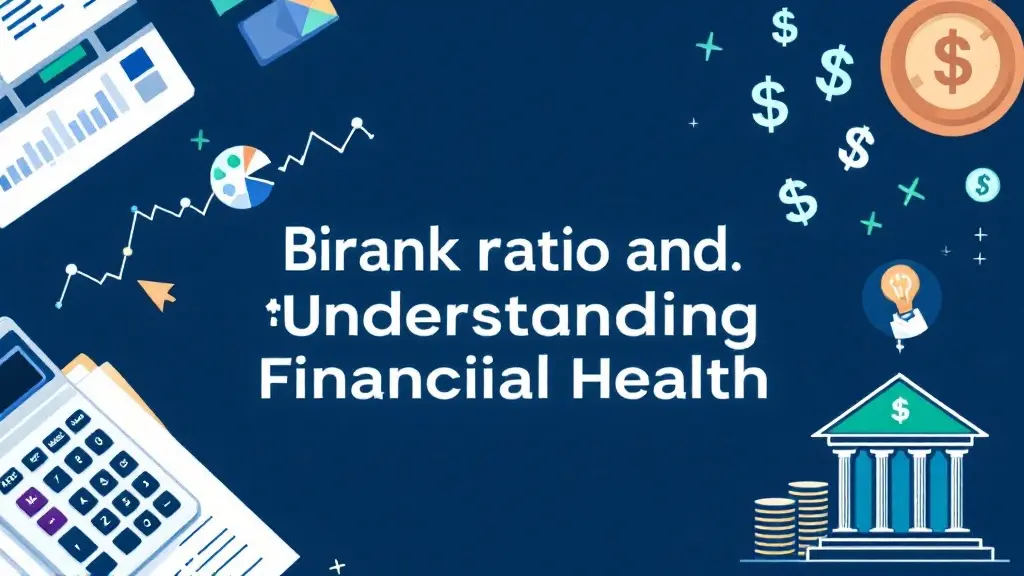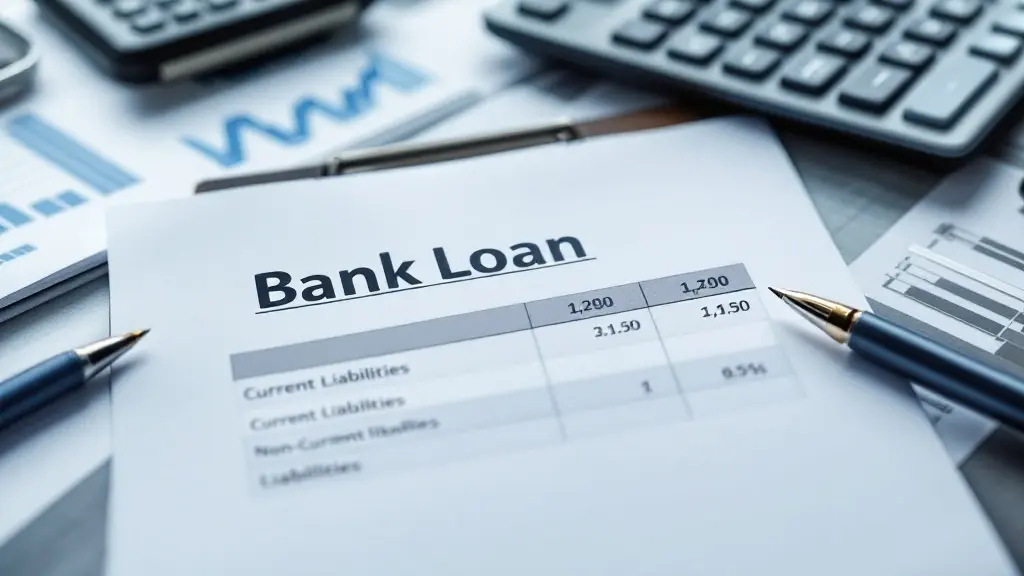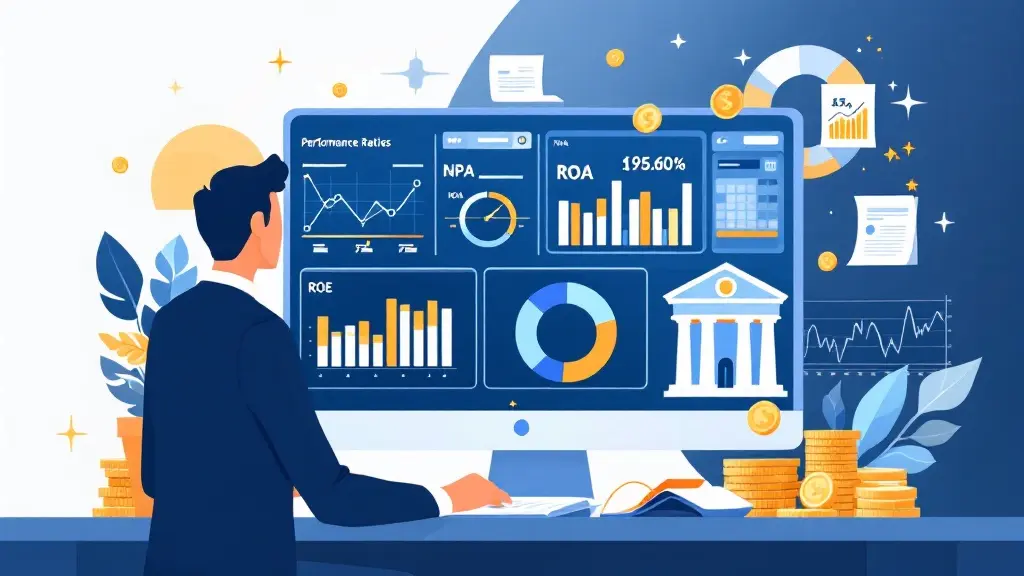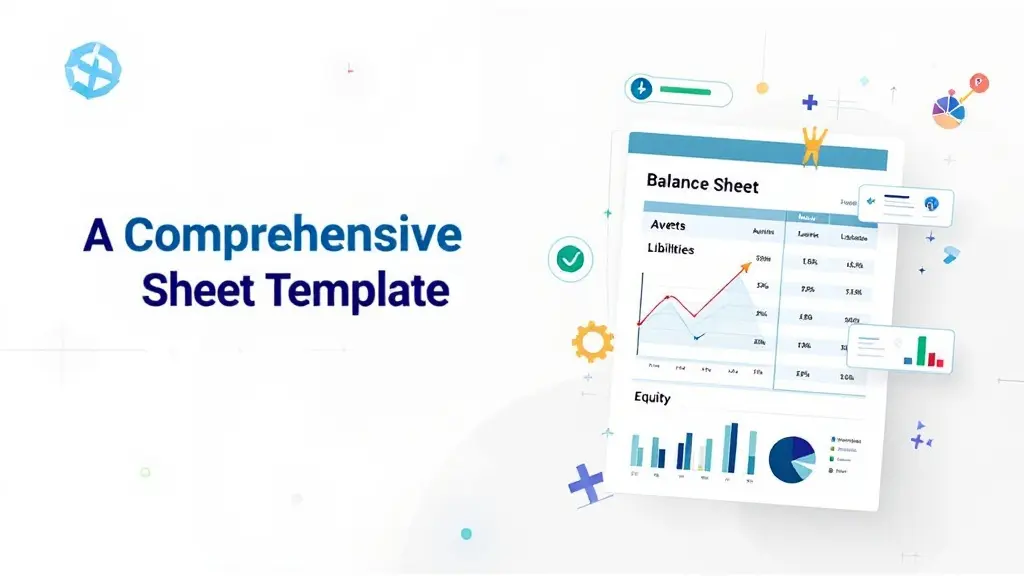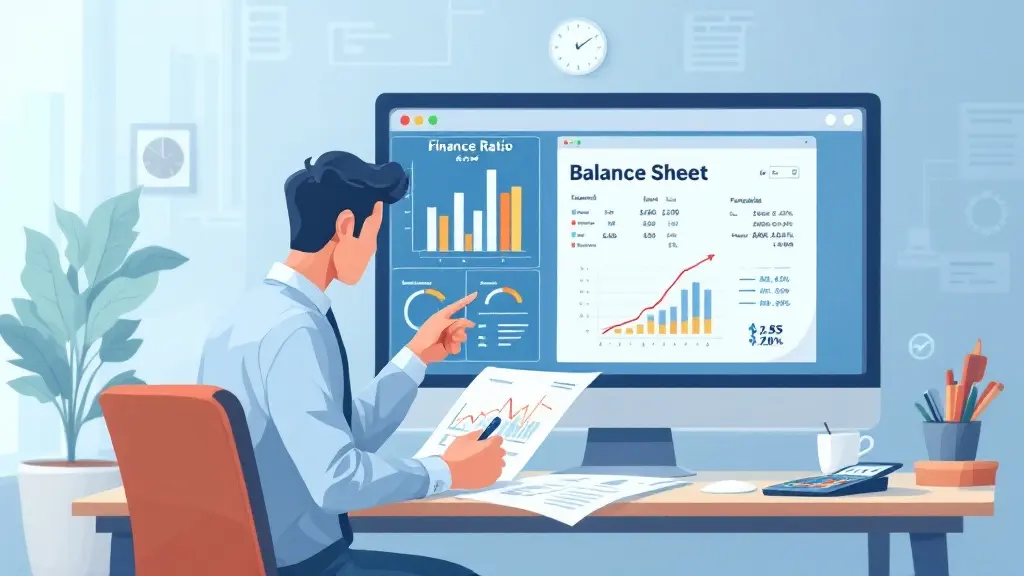Balance Sheet Valuation: Understanding the Key Concepts and Methods
Table of Contents
Most Read
[fusion_dropcap class="fusion-content-tb-dropcap"]I[/fusion_dropcap]n the world of accounting and finance, the concept of balance sheet valuation plays a crucial role in determining the financial health of a business. Whether you’re an investor, a business owner, or simply someone who wants to understand how companies value their assets and liabilities, this guide will help you grasp the essentials of balance sheet valuation.
In this article, we will cover:
- What balance sheet valuation is
- The importance of balance sheet valuation
- Key methods for balance sheet valuation
- How to interpret the results of balance sheet valuation
- Common challenges and mistakes in balance sheet valuation
Let’s dive in!
What is Balance Sheet Valuation?
Balance sheet valuation refers to the process of determining the value of a company’s assets and liabilities as they appear on the balance sheet. A balance sheet is a snapshot of a company’s financial condition at a specific point in time, and it lists two main categories:
- Assets: What the company owns, including cash, inventory, property, and equipment.
- Liabilities: What the company owes, including loans, accounts payable, and other debts.
The balance sheet follows the fundamental accounting equation:
Assets = Liabilities + Shareholders’ Equity
Balance sheet valuation is crucial for understanding how accurately the company’s financial standing is portrayed. It involves assessing the fair value of assets and liabilities, which can impact the decision-making process for investors, creditors, and business owners.
Why is Balance Sheet Valuation Important?
The importance of balance sheet valuation cannot be overstated. Accurate valuation helps business owners and investors make informed decisions about their financial health and investment opportunities. Here are some key reasons why balance sheet valuation is important:
- Investment Decisions: Investors rely on balance sheet valuation to assess a company’s financial health before making investment decisions. By evaluating assets, liabilities, and equity, they can understand if the company is in a strong position or facing financial challenges.
- Credit Decisions: Lenders and financial institutions use balance sheet valuation to determine whether to grant loans or credit to a business. If liabilities exceed assets, the company may be considered high risk, leading to higher interest rates or loan rejections.
- Business Valuation: For businesses looking to sell or merge, accurate balance sheet valuation is essential. It helps determine the company’s worth and ensures that the sale price or merger agreement reflects the true value.
- Tax Reporting: Businesses are required to accurately report their assets and liabilities on tax filings. Correct balance sheet valuation can ensure compliance and prevent legal issues.
- Financial Analysis: Regular balance sheet valuation helps businesses track performance over time. By comparing the values of assets and liabilities, businesses can identify trends, monitor cash flow, and take corrective actions when needed.
Key Methods for Balance Sheet Valuation
There are several methods used to determine the value of assets and liabilities on a balance sheet. The method chosen will depend on the type of asset, the industry, and the purpose of the valuation. Here are the most common methods of balance sheet valuation:
1. Historical Cost Method
The historical cost method is one of the most widely used approaches in accounting. It values assets based on their original cost, which is the amount paid to acquire them. This method is simple and straightforward, making it suitable for tangible assets such as property, equipment, and machinery.
Example: If a company purchased a building for $500,000 ten years ago, the building would still be valued at $500,000 on the balance sheet, regardless of its current market value.
Pros:
- Easy to apply and understand.
- Ensures consistency in valuation.
- Provides a reliable measure of the original investment.
Cons:
- Doesn’t reflect current market conditions.
- May result in under- or over-valuation of assets.
2. Fair Value Method
The fair value method seeks to determine the current market value of an asset. This method is often used for financial instruments, such as stocks, bonds, or real estate. It considers market conditions, recent transactions, and other factors that could influence the asset’s value.
Example: If a company holds shares of stock, the fair value method would consider the current market price of the stock at the balance sheet date, rather than the price at which the stock was purchased.
Pros:
- Provides a more accurate reflection of current market conditions.
- Useful for assets that are frequently bought and sold.
Cons:
- Can be volatile, as asset values can fluctuate based on market conditions.
- Requires more judgment and expertise to determine fair value.
3. Net Realizable Value (NRV) Method
Net realizable value is the estimated amount that can be obtained from an asset after deducting any costs associated with its sale or disposal. This method is commonly used for inventory valuation.
Example: A company may have inventory worth $100,000, but after considering potential discounts or disposal costs, the net realizable value may be $80,000. The balance sheet will reflect the lower value of $80,000.
Pros:
- Provides a realistic estimate of the value that can be recovered from an asset.
- Useful for inventory and receivables valuation.
Cons:
- Requires assumptions about future sale prices and disposal costs, which can be difficult to estimate accurately.
4. Replacement Cost Method
The replacement cost method estimates the cost of replacing an asset with a similar one at current market prices. This method is useful when determining the value of assets that may have changed significantly in price since they were initially acquired.
Example: If a company owns a piece of machinery that was purchased for $50,000 five years ago, but it would cost $70,000 to replace it today, the replacement cost would be $70,000.
Pros:
- Reflects the current cost of replacing an asset.
- Provides a more relevant valuation for long-lived assets.
Cons:
- Can be difficult to apply to certain types of assets.
- May lead to over-valuation if replacement costs have significantly increased.
How to Interpret Balance Sheet Valuation
Once the valuation of assets and liabilities has been completed, it’s essential to understand what the numbers mean in terms of a company’s financial health. Here are some key indicators to look for:
- Asset-Liability Ratio: This ratio helps determine if a company is over-leveraged. A higher ratio indicates higher debt levels relative to assets, which could signal financial risk.
- Owner’s Equity: This figure represents the company’s net worth, showing the difference between total assets and total liabilities. Positive equity is a good sign, while negative equity may indicate insolvency.
- Liquidity: A company’s ability to meet short-term obligations can be evaluated by looking at the liquid assets listed on the balance sheet, such as cash and receivables.
Common Challenges in Balance Sheet Valuation
While balance sheet valuation is an essential tool, it is not without its challenges. Here are some common issues businesses face when performing valuations:
- Valuing Intangible Assets: Intangible assets like trademarks, patents, and goodwill can be difficult to value accurately, especially when they don’t have a clear market price.
- Market Fluctuations: Assets valued at fair value can fluctuate with market conditions, leading to potential volatility in the company’s balance sheet.
- Estimating Future Cash Flows: The valuation of assets like inventory or receivables relies on predictions about future cash flows, which may not always be accurate.
Conclusion
Balance sheet valuation is a critical process that helps businesses and investors make informed decisions based on the current value of a company’s assets and liabilities. By understanding the different methods of valuation and how to interpret the results, stakeholders can gain valuable insights into a company’s financial position. While there are challenges in the process, the benefits of accurate balance sheet valuation far outweigh the risks, making it an essential component of financial management.
For businesses, investors, and anyone interested in financial analysis, mastering balance sheet valuation is key to making better, more informed decisions.



